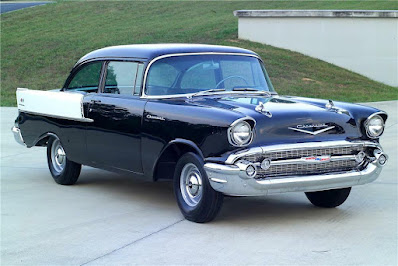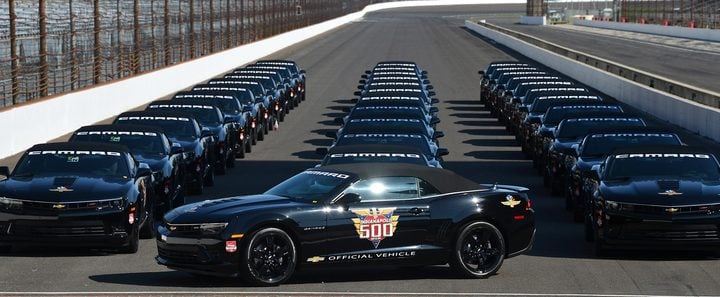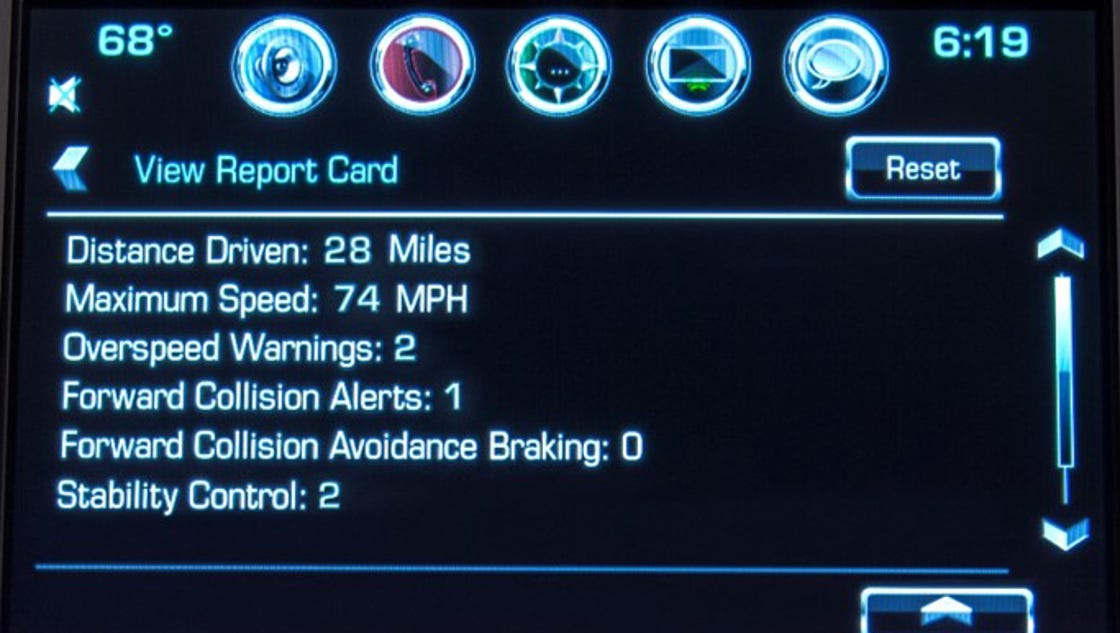Mustang vs. Camaro – GM trucks vs. Ford trucks vs. Dodge trucks – Corvette vs. Viper – you can
even throw a Ferrari in the mix, everyone is going to have their own opinions on which ones are better crafted, more stylish – can beat who where and why. But are vehicles made by different companies but in the same class even that much different from each other to even make a solid argument of which one is better?

Growing up in a family where General Motor checks mostly paid the bills, to me GM vehicles ran the earth, and Ford stood for (Find On Road Dead), you could say I had my share of arg
 uments with kids my age about how Camaros stomped on Mustangs. But in the end, we were really just a bunch of juveniles arguing about things just for the sake of argument.
uments with kids my age about how Camaros stomped on Mustangs. But in the end, we were really just a bunch of juveniles arguing about things just for the sake of argument.  If someone said that Camaros look like crap, I had to fire back on how the look of a Mustang made me want to puke. But were talking about back when Mustangs and Camaros actually looked different. This was back in the day when Corvettes were boring and the only people who really drove them were older guys with a lot of money, and as far as foreign sports cars were concerned, they weren't really in no ones budget.
If someone said that Camaros look like crap, I had to fire back on how the look of a Mustang made me want to puke. But were talking about back when Mustangs and Camaros actually looked different. This was back in the day when Corvettes were boring and the only people who really drove them were older guys with a lot of money, and as far as foreign sports cars were concerned, they weren't really in no ones budget.Times have changed since then, exotic sports cars are much more affordable, Corvettes are made to kill the road course, not to mention the drag strip, even Mustangs and Camaros are made to pump out a lot of power while turning in road course numbers that are nothing less than awesome.
But with all this technology, what about the exterior styling of these vehicles. A lot of these vehicles share so much of the same characteristics, dimensions, and colors schemes, it seems hardly worth an argument about which one is the best looking. At a quick glance, there is not much that really sets these vehicles apart. Sure there are some attributes that are different, but it's almost like trying to compare one ditsy, blonde haired, blue eyed cheerleader with the other twelve cheerleaders on the squad.
 As I have grown older, I have come to appreciate all vehicles. Ford vs. Chevy vs. Mopar is nothing more than needing something to stand for – almost like why most people vote for the home team in professional sports. You don't really know anybody on that team, but you feel obliged to root for them and wear their logos.
As I have grown older, I have come to appreciate all vehicles. Ford vs. Chevy vs. Mopar is nothing more than needing something to stand for – almost like why most people vote for the home team in professional sports. You don't really know anybody on that team, but you feel obliged to root for them and wear their logos. But to me, if you look at these pictures, it seems like if you closed your eyes you could mistake one for the other pretty easily. Even on the inside – General Motors has the Mylink technology displayed on a touchscreen in the center of the dash, Ford has the SYNC technology located in the same place, and image this, Chrysler, Jeep and Dodge uses what they call the Uconnect that is also placed in the same place. But you can call it what you want to call it, all three of those systems basically work off a platform that is extremely similar. They all share the same connectivity availability, social medias, etc. Even safety features take on names or phases that are different from each other, but do the same thing.
It's awesome that the power and efficiency of these vehicles are outstanding, but I'd like to see some major changes and attempts to look different in the styling department.







